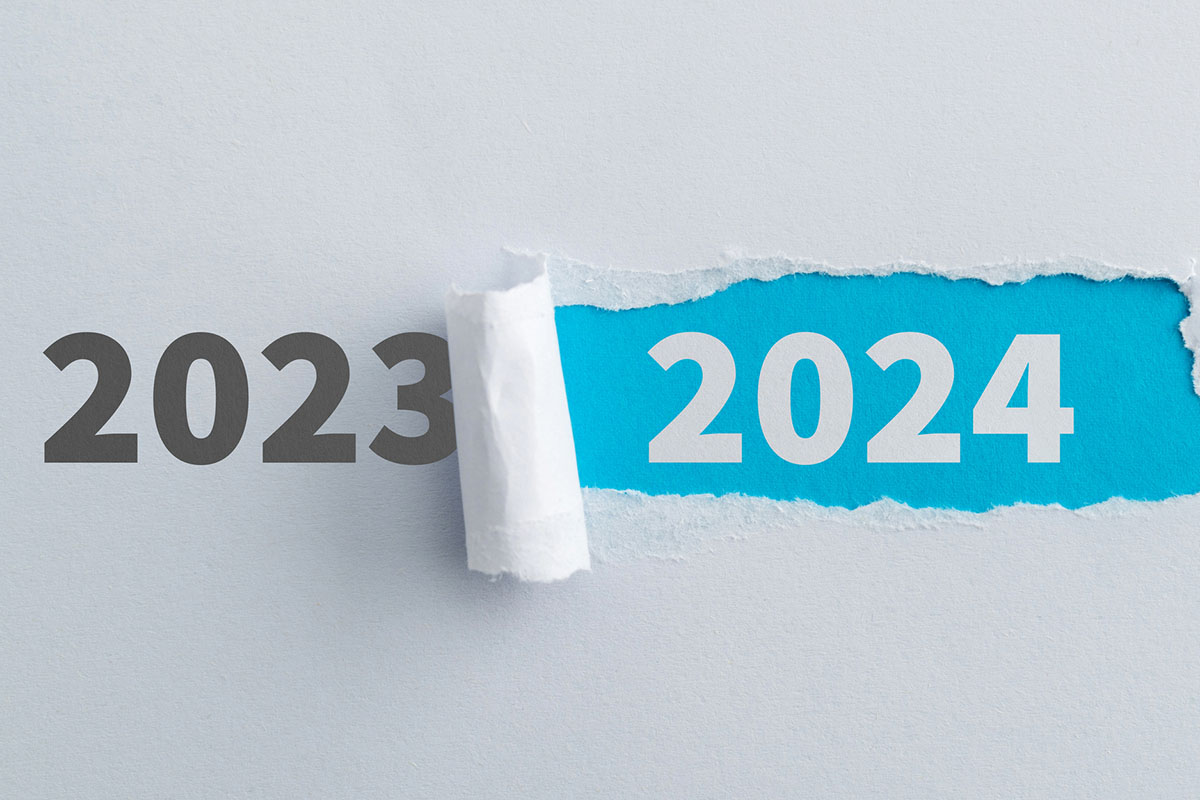With April (the tax year deadline) only four months away, now is a good time to make sure you are getting the most from your allowances in 2023-24. Doing so could help you keep more of your hard-earned income and returns. Failing to act – or leaving things until the last minute in March – could lead to lost opportunities.
Remember, once 6 April 2024 arrives, many of your tax-free allowances will “re-fresh” (e.g. your ISA allowance). By planning now, you could put yourself in a better financial position later in the year. Below, our Tees financial planners here at Vesta Wealth outline some of the key tax allowances to know about in 2024 and how to maximise their potential.
We hope these insights are useful to you. Please contact us for more information or to speak with a financial adviser:
t: 01228 210 137
e: [email protected]
Personal Savings Allowance
In 2023-24, a basic rate taxpayer can earn up to £1,000 from interest (e.g. cash savings) outside of an ISA without tax. For a higher rate taxpayer, the tax-free threshold is £500. This is known as the Personal Savings Allowance (PSA). Above these limits, your highest marginal rate of income tax applies.
Between 2008 and 2021, many people did not need to worry about breaching their PSA because interest rates were low (in historic terms). Since late 2021, however, interest rates have been rising and many savings rates have also increased. Whilst the higher returns on cash savings are certainly welcome, the negative result has been more people inadvertently paying tax on their interest (as it crosses over their PSA).
In January 2024, make sure your savings are organised in a tax-efficient manner. How much interest have you earned for the tax year? Are you on course to exceed your PSA? And what options could you explore to mitigate this? For instance, your financial adviser might suggest moving certain savings into Premium Bonds or a cash ISA.
Pension allowance
For pension savers, one of the nicer elements of last year’s Spring Budget was the expansion of the annual allowance and the abolition of the lifetime allowance. The annual allowance was increased from £40,000 per year to £60,000 on 6 April 2023, allowing many people to contribute more to their scheme(s) whilst enjoying tax relief.
The future of these new policies is not clear however. A general election is due in the UK by January 2025 and the Labour Party has previously stated that they will reverse the abolition of the lifetime allowance charge if they win. If funds are available, acting now to maximise your annual allowance (whilst it is still in force) could be wise in case the political landscape shifts.
Capital gains & dividends
The 2023 Spring Budget was arguably not great news for investors. The tax-free capital gains tax (CGT) allowance (called the Annual Exempt Amount) was reduced from £12,300 to £6,000 per year. In 2024, it is expected to fall even lower to £3,000. This will make it more challenging for investors to protect their returns from the taxman. Also, the tax-free dividend allowance is also to be phased down to £500 (from £2,000 in 2022-23).
If you need to rebalance your investments, consider seeking financial advice early in 2023-24 in case there are opportunities to do this whilst the tax-free allowances for capital gains and dividends are still £6,000 and £1,000, respectively. In addition, your adviser may suggest other ideas for portfolio optimisation in light of your goals and situation – e.g. a stocks & shares ISA which is free of income and capital gains taxes.
Income tax
In the 2023 Autumn Statement, the Chancellor confirmed, once again, that the tax rates and bands for income tax would remain frozen for the coming years. Many commentators were quick to point out that this amounted to a “stealth tax”, since average wages are likely to increase between now and 2028. The result could be that millions of workers are dragged into a higher tax bracket without realising.
This is a reminder, therefore, to take a close look at your earnings for 2023-24, as early as possible, to check you will not pay more tax than is necessary. For instance, there may still be enough time to explore a “salary sacrifice” arrangement with your employer, if this is suggested by your adviser. This can be an effective strategy for a worker whose salary is nearing the higher rate tax band, for instance.
If you earn over £100,000, bear in mind that you may be paying an “effective tax” of 60% on your income between this and £125,140. This is due to the “taper” system which is applied to the tax-free Personal Allowance within this income range. Here, pension contributions could be a good idea to explore with your financial adviser. For instance, an individual could reinstate their full Personal Allowance if enough pension contributions are made to bring total earnings under £100,000 in 2023-24.
Invitation
If you would like to discuss your financial plan and retirement strategy, then we would love to hear from you. Get in touch with your Financial Planner here at Vesta Wealth in Cumbria, Teesside and across the North of England.
Reach us via:
t: 01228 210 137
e: [email protected]
This content is for information purposes only. It should not be taken as financial or investment advice. To receive personalised, regulated financial advice regarding your affairs please consult your Financial Planner here at Vesta Wealth in Cumbria, Teesside and across the North of England.

